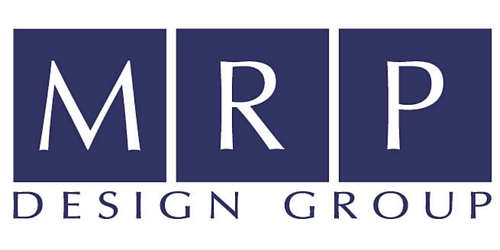
In today’s competitive market, a strong and recognizable brand identity is essential for businesses. While logo design, color schemes, and marketing campaigns often take center stage in discussions about branding, the role of architecture is equally vital yet frequently overlooked. The physical spaces that a company inhabits can communicate its values, culture, and uniqueness just as powerfully as any digital presence. In this blog post, we’ll explore how architecture plays a crucial role in shaping and reinforcing brand identity.
Creating a First Impression
Architecture is often the first point of contact between a brand and its customers. The design of a building or interior space can leave a lasting impression, influencing how customers perceive the brand. For instance, Apple’s sleek and minimalist store designs reflect its commitment to innovation and simplicity. These spaces are meticulously crafted to provide an intuitive and seamless customer experience, reinforcing the brand’s identity at every touchpoint.
Reflecting Brand Values and Culture
The architectural design of a company’s headquarters or retail outlets can embody its core values and culture. For example, the eco-friendly design of Patagonia’s stores aligns with the brand’s commitment to sustainability. From using reclaimed materials to incorporating natural light and green spaces, the architecture supports and communicates the brand’s environmental ethos. This alignment between physical space and brand values helps build authenticity and trust with customers.
Enhancing Customer Experience
A well-designed space can significantly enhance the customer experience, making it more enjoyable and memorable. This is particularly important in the retail and hospitality industries, where the ambiance and layout of a space can influence customer behavior and satisfaction. Starbucks, for example, uses architecture to create a “third place” between home and work where customers can relax and socialize. The consistent yet locally adapted design of Starbucks stores around the world helps maintain a unified brand identity while respecting local cultures and preferences.
Differentiating from Competitors
Unique architectural designs can set a brand apart from its competitors. In a crowded market, distinctive buildings or interiors can become iconic symbols of the brand. Consider the Guggenheim Museum in New York, designed by Frank Lloyd Wright. Its unique spiral design not only attracts visitors but also reinforces the Guggenheim’s brand as a leader in modern and contemporary art. Such architectural statements can become powerful tools for differentiation and recognition.
Fostering Employee Engagement and Productivity
Architecture also plays a crucial role in shaping the internal brand experience for employees. Well-designed workspaces can boost morale, productivity, and overall job satisfaction. Google’s offices, known for their playful and innovative designs, reflect the company’s culture of creativity and collaboration. These spaces are designed to inspire employees, fostering a sense of belonging and pride in the brand. Happy and engaged employees are more likely to become brand ambassadors, further reinforcing the brand identity.
Building a Cohesive Brand Image
Consistency in architectural design across various locations helps in building a cohesive brand image. For multinational companies, maintaining a consistent look and feel in their buildings worldwide ensures that customers have a uniform brand experience, regardless of where they are. This consistency helps in building brand recognition and loyalty. For example, McDonald’s standardized restaurant design and layout provide a familiar experience to customers globally, reinforcing its brand identity as a reliable and convenient dining option.
Incorporating Technology and Innovation
Modern architecture increasingly integrates advanced technologies to enhance both functionality and brand messaging. Interactive digital displays, smart building systems, and innovative materials can all be used to reflect a brand’s commitment to technology and innovation. Companies like Amazon and Microsoft use state-of-the-art architectural designs to showcase their cutting-edge technology and forward-thinking ethos. Such integrations can make a strong statement about a brand’s vision and capabilities.
Conclusion
Architecture is a powerful tool for conveying brand identity. It goes beyond aesthetics, playing a critical role in shaping customer perceptions, reflecting brand values, enhancing experiences, and differentiating from competitors. By thoughtfully integrating architectural design into their branding strategies, companies can create physical spaces that resonate with their brand ethos and leave a lasting impression on customers and employees alike. As businesses continue to evolve, the synergy between architecture and brand identity will become increasingly important in building strong, memorable brands.








